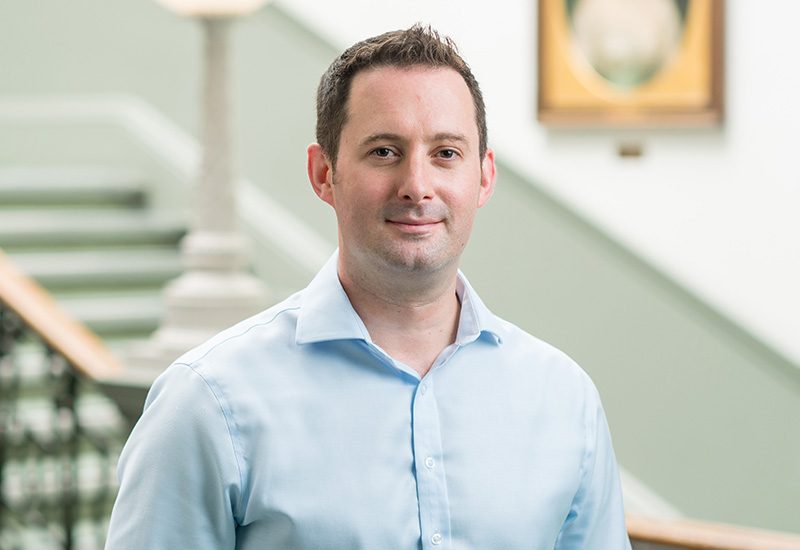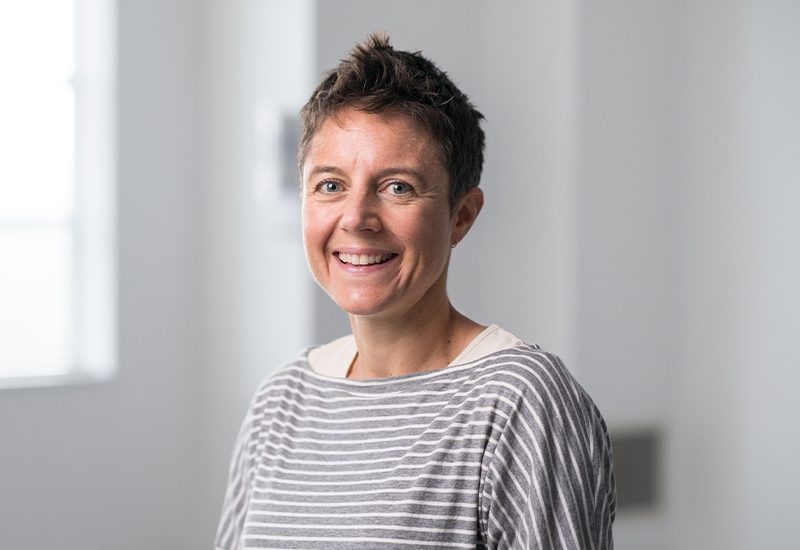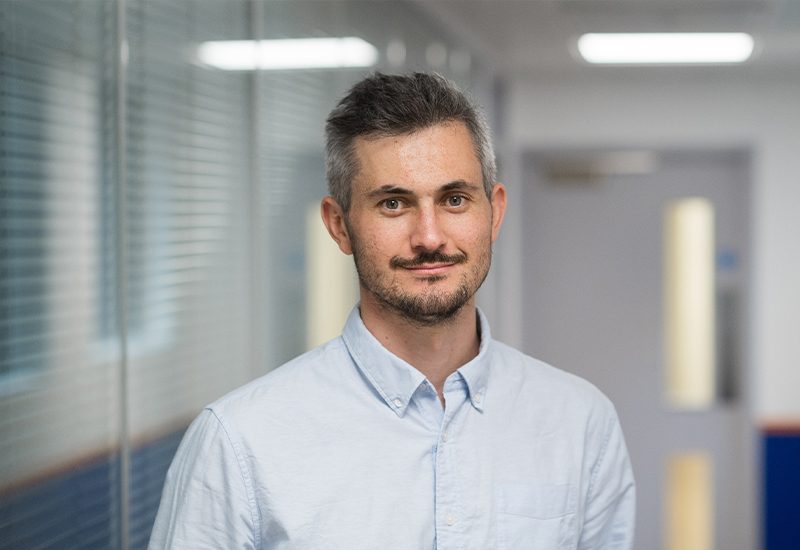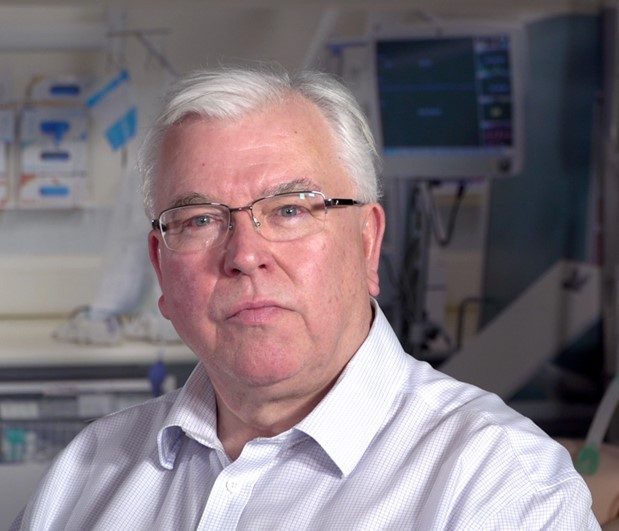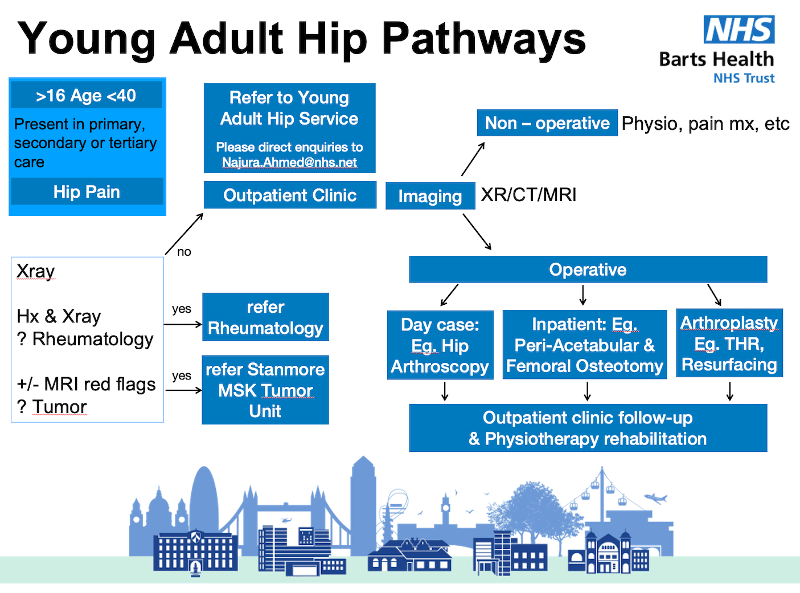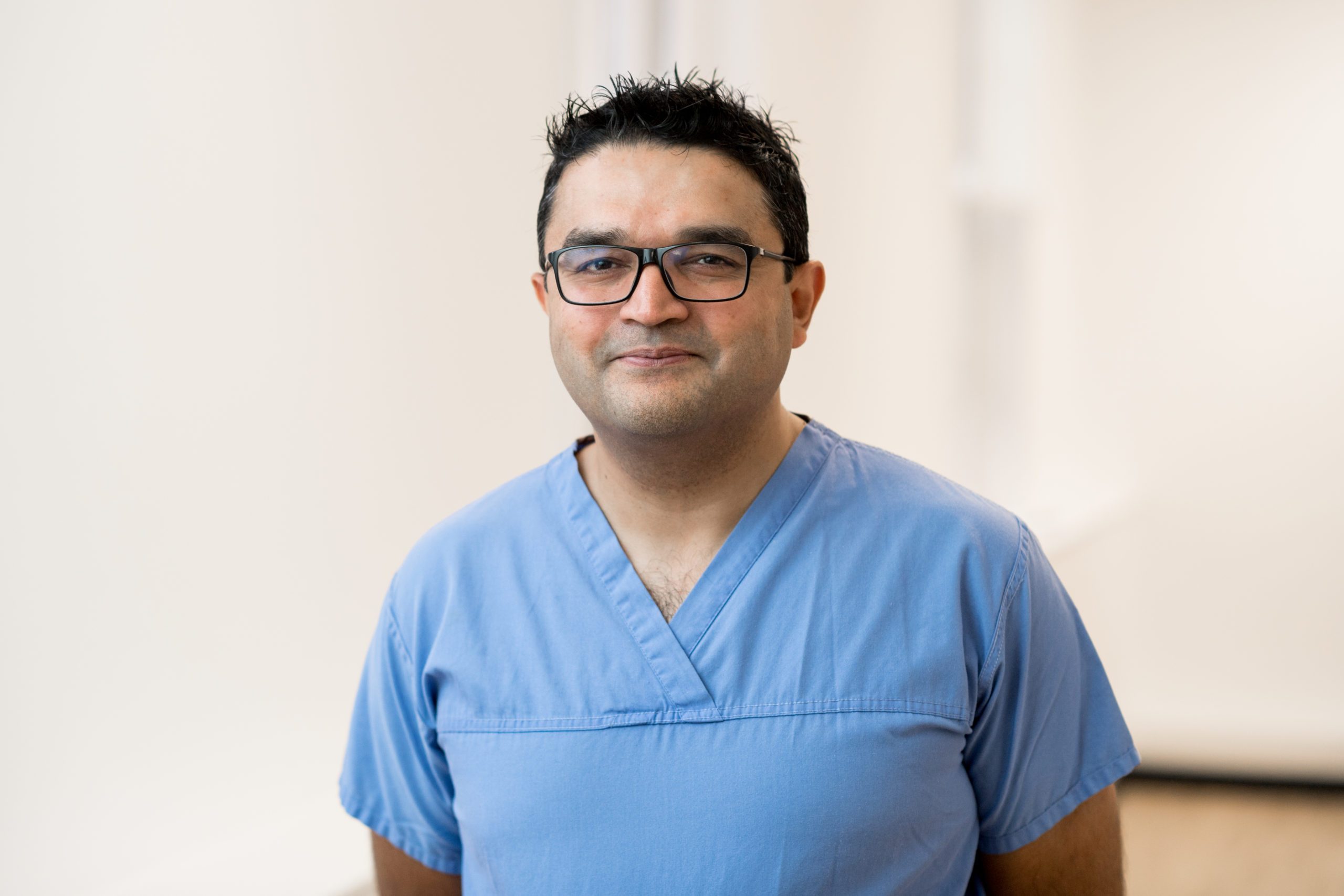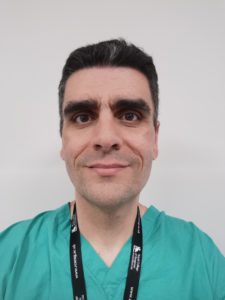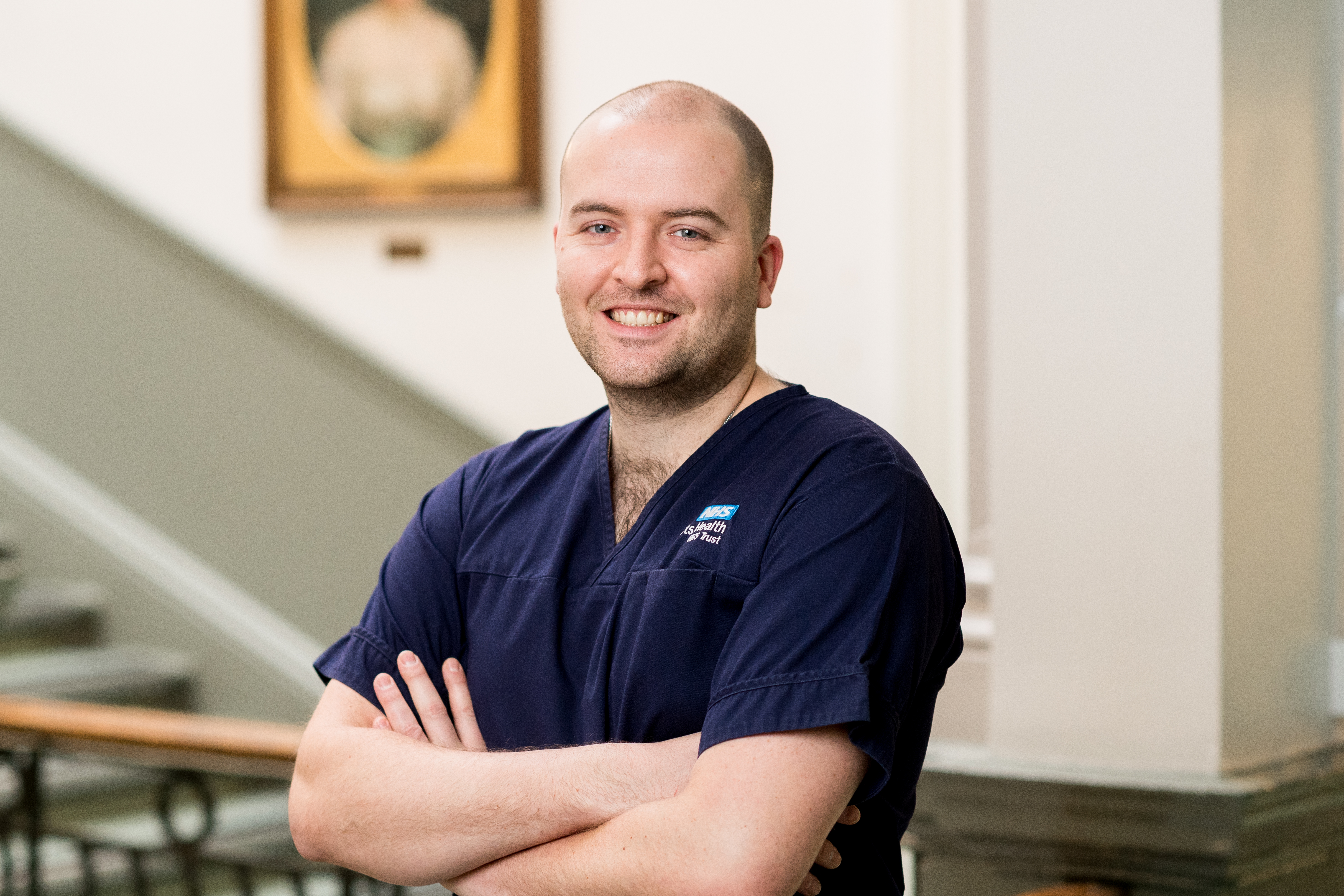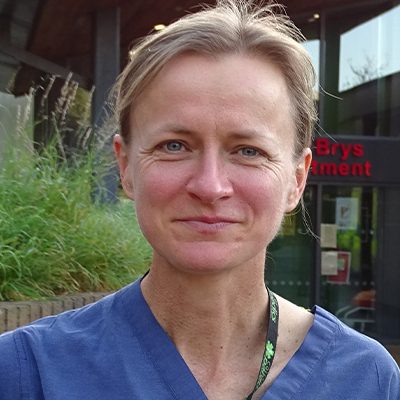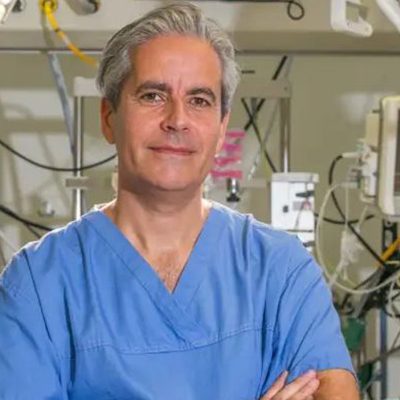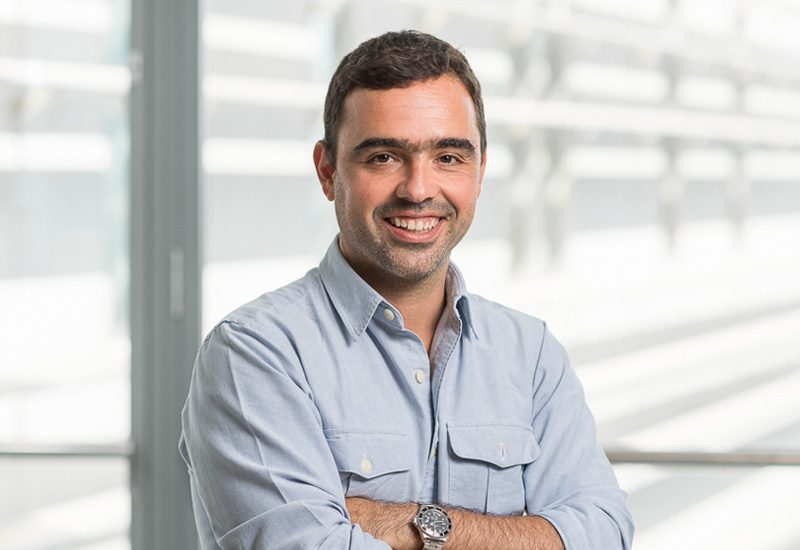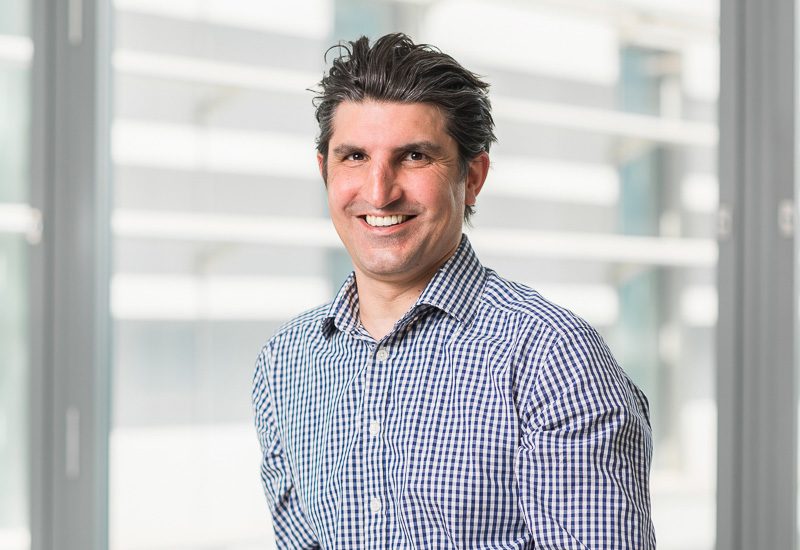OUR
Current studies
NIHR Barts Biomedical Research Centre & Precision Musculoskeletal Care theme
The NIHR Barts musculoskeletal BRC combines the second largest NHS Trust, serving ~7.5 million people from 97 nations, with the strengths of Queen Mary University of London partnered with St George’s University of London and St George’s University Hospitals NHS Foundation Trust.
Rehabilitation after hip fracture: the Stratify-Hip trial
Globally, an estimated 4.5 million people will fracture their hip in 2050. Even with surgery, 30% of patients die within a year. Among survivors, 25% never walk again and 22% change from living at home to a nursing home. Rehabilitation assists patients ‘to achieve and maintain optimal functioning’.
Outdoor Mobility After Hip Fracture: A Feasibility Randomised Controlled Trial (OUTDOOR)
UK hospitals admit 70,000 older adults with hip fracture annually. Patients consider recovery as a return to prefracture activities often requiring outdoor mobility. Among 74% of patients with outdoor mobility prefracture, only 9% recovered this by 30-days post-fracture, increasing to 26% by 120-days post-fracture.
Thromboprophylaxis in Lower limb Immobilisation (TiLLI)
In the UK, around 70,000 people injure their leg and have to have wear a boot or a cast. These people are at higher risk of blood clots forming in their veins, a condition called venous thromboembolism (VTE). VTE can cause long-term problems in the legs, serious illnesses, and occasionally death if the clot migrates to other parts of the body such as the lungs.
An evaluation of the clinical efficacy and risk profile of routine spinal operations performed in the National Health Service
Back pain affects the majority of people at some point in their life, costing the United Kingdom approximately £12 billion per year. It worsens quality of life through loss of function, pain and its psychological effects. We do not currently know the outcomes of routine spinal surgery performed in the National Health Service to help relieve back pain. Most research has been poor with not enough patients to draw conclusions from.
Adhesive Capsulitis Corticosteroid and Dilation Randomised Controlled Trial: A Feasibility Study in Primary Care
Shoulder pain accounts for 3% of all visits to a GP, with frozen shoulder being the most common cause of pain. Prevalence of frozen shoulder is estimated to be 10% of working age adults, having a significant impact on function and the ability to work.
DUALITY: Dual mobility (DM) versus standard articulation total hip replacement (THR) in the treatment of older adults with a hip fracture
Worldwide there are 1.3 million hip fractures with more than 70,000 hip fractures in the UK every year; projected to rise to more than 100,000 by 2020 in the UK.
Cochrane Systematic Review Programme in Hip Fracture
Hip fracture is one of the biggest challenges facing patients and healthcare systems. Worldwide there are 1.3 million hip fractures with more than 70,000 hip fractures in the UK every year. These figures are projected to rise to more than 100,000 by 2020 in the UK and more than 6 million by 2050 worldwide. The global cost of this clinical problem is estimated at 1.75 million disability adjusted life years lost and represents 1.4% of the total healthcare burden in established market economies.
Priority Setting Partnership in Major Trauma
NIHR has several streams from which commissioning inputs can be generated – NICE research recommendations, researcher inputs and priority setting exercises. The flagship amongst these is the James Lind Alliance. This has been enormously successful in generating commissioned trial calls and is one of the ways that the community have together driven a transformation in the culture of bone and joint health research. We are delivering a prioritisation partnership with multiply injured patients, those sustaining major trauma.
Improving Ethnic Representation Within The Tendon Human Cell Atlas
The Tendon Seed Network will spatially define the transcriptome of extracellular matrix-rich tissues such as tendon across multiple anatomic and micro-anatomic sites. To enable this, the project will develop clinical, laboratory, bioinformatics, and mathematical modelling tools and platforms. This group will also pilot a patient engagement strategy in order to increase recruitment of ethnically underrepresented donors by developing and growing partnerships with clinical research teams in London and Birmingham.
Fix or Replace Undisplaced Intracapsular fractures Trial of Interventions
Worldwide there are 1.3 million hip fractures with more than 70,000 hip fractures in the UK every year; projected to rise to more than 100,000 by 2020 in the UK. The global cost of this clinical problem is estimated at 1.75 million disability adjusted life years lost and represents 1.4% of the total healthcare burden in established market economies. People suffering hip fracture have a 30 day mortality of 7% and experience a persistent reduction in their health-related quality-of-life similar to that of a major stroke.
Changes in treatments and outcomes of open fractures – ‘before’ and ‘after’ MTCs were established?
There is evidence from many countries that patients with severe injuries should be treated in specialist hospitals. In 2012, trauma services across England underwent a major re-organisation; 22 hospitals were designated as ‘Major Trauma Centres’ (MTCs) that would treat the most severely injured adult patients, even if this meant ambulances by passing other hospitals. Although this restructuring required considerable financial investment, it is unknown whether it has improved care for these severely injured patients.
